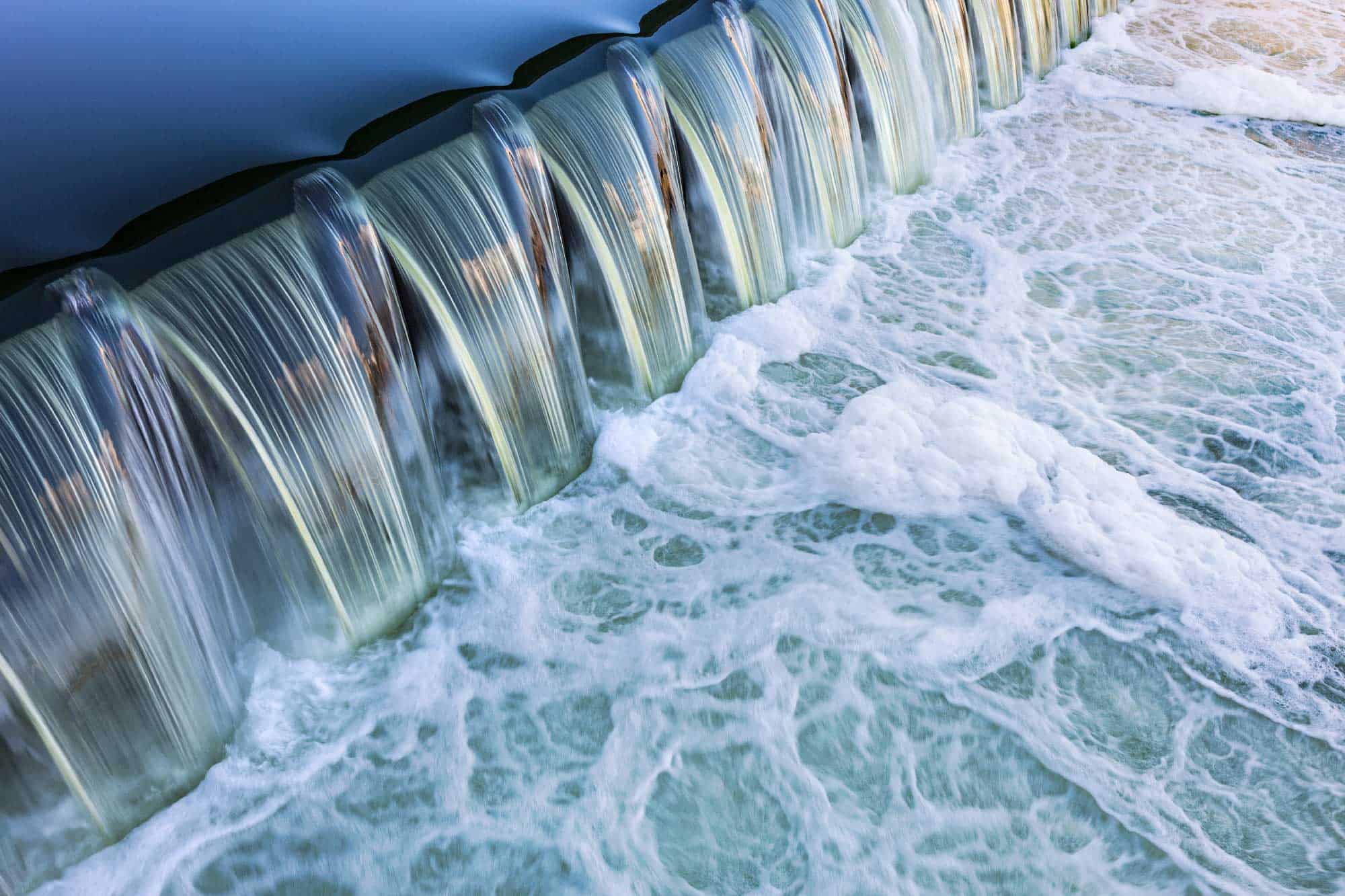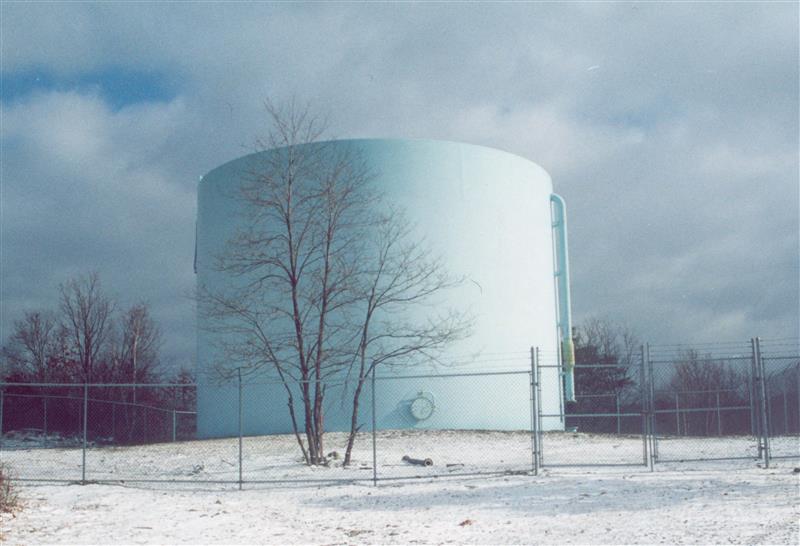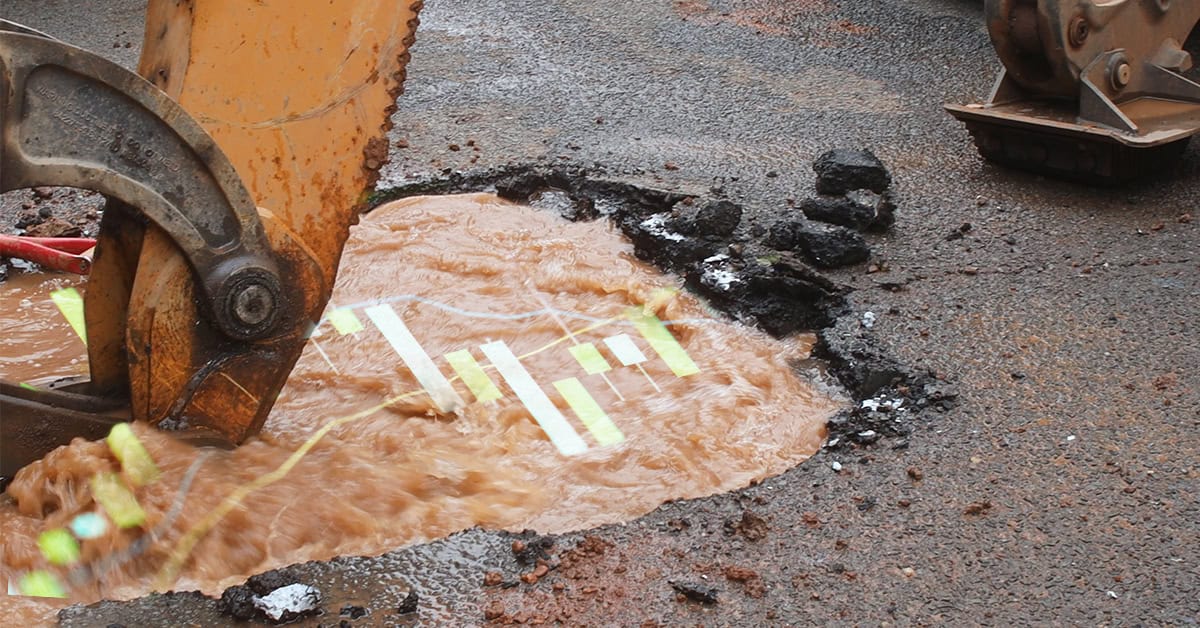Hydraulic modeling is not new to the water industry; however, recent industry influences have resulted in utilities expanding the use of modeling software.
- COVID has changed the game for many industries and their workforce, and this has had an impact on water utilities and the experts who serve them.
- Water utilities are able to use software to operate smarter, in terms of both saving operational time and expense as well as preparing for anomalies and emergencies.
- The “brain drain” of the retiring workforce can result in lost expertise about how the water system responds to operational stresses and where vulnerabilities exist.
- You do not have to be an expert in hydraulic modeling to gain value from a hydraulic model.
In this podcast, Todd Danielson, the editorial director for Informed Infrastructure, interviews Joel Johnson, Manager of Engineering for Water, Wastewater, and Stormwater for Bentley Systems; and Angela Suarez, Product Consultant for the OpenFlows product line at Bentley Systems.
Podcast Transcript
Todd Danielson: Hello, this is Todd Danielson, Editorial Director for Informed Infrastructure. Welcome to this podcast on the technology adoption of water utilities. Joining me today are Joel Johnson, Manager of Engineering for Water, Wastewater, and Stormwater for Bentley Systems, and Angela Suarez, Product Consultant for the OpenFlows Product Line at Bentley Systems. Welcome, Joel and Angela. Why don’t you start by introducing yourselves and briefly explaining what you do at Bentley?
Joel Johnson: Sure. Thanks, Todd. So as Todd mentioned, my name’s Joel Johnson, and I am the Manager for the Engineering Team here at Bentley. And I manage the services that we deliver for our water, wastewater, and stormwater product line. That product line is called OpenFlows. Our products primarily do hydraulic modeling for those systems, and our services include anything from training to more detailed coaching and software implementation services.
Angela Suarez: Hi Todd, this is Angela Suarez, and I also work with Joel in the product training and product demonstrations for our hydraulic modeling solutions.
Todd Danielson: Okay, great. So let’s get started. The pandemic has forced changes in many industries in terms of how they work and how they interact with the public. Have you seen changes in how water utilities operate and how they manage their infrastructure?
Joel Johnson: Absolutely, Todd, we’ve seen an impact with COVID. As you know, water utilities provide a critical service. And so water utilities didn’t completely shut down the way that other industries did, but they did have to change the way that they were working. So COVID has impacted every aspect of life and industry. And the utilities had this challenge where they had to balance the protection and wellbeing of their workforce, with still maintaining water service and the critical infrastructure related to that.
And so we actually saw a lot of our users benefit from using more software and more technology in their approach to operating the utility. Because platforms like our WaterGEMS platform can uniquely connect to their SCADA system, gain an instant scenario of what’s going on in the system without having field people collecting data, without having access to the control room or some of those displays that are live.
And so WaterGEMS has really helped utilities in terms of maintaining an understanding of how their system is operating, troubleshooting and diagnosing any problems, and evaluating alternatives for operation as problems arose.
Angela Suarez: Yeah. And if it can add to that, I’d say that COVID was really a catalyst for change … for rapid change, really. Because it made us rethink how we work and where we work. And so what we see is that it accelerated the adoption of digital technologies, because we realized how much more efficient we can be when we embrace technology.
Todd Danielson: Okay, that sounds great. But I’m wondering, does connecting third-party software to live operating data present a possible security risk? And does water utility software create any potential for security breaches and abuse?
Joel Johnson: Great question, Todd. Yeah, if you follow the news, you’ve seen some reports of hackers being able to access the controls of a water system. Our software does not reside on the control side of that firewall. So utilities, in general, maintain a really good firewall between the controls of the system and just the data of observations in that system. And our software lives on the outside of that firewall, where it’s only accessing data so that it can set up.
And you probably also know that SCADA systems typically only give you a small picture of what’s going on in discrete locations. Whereas a hydraulic model then can take those discrete locations and interpolate everything else that’s going on in the system. So without violating any access or creating any security risk, the WaterGEMS software is able to translate, read information from a live SCADA historian, and then translate that into a full picture of what’s going on in the system.
Angela Suarez: And also, Joel, because we’re talking about security risk and Bentley is a software developer, we have an entire team devoted to software security. So for us, really, software security is not an afterthought, but it’s more of a central thing to our operations.
Todd Danielson: I can see how such systems may be useful for emergency response, but are there other benefits? And how large does the utility have to be to see these benefits, assuming this requires some specialized staff to maintain and operate the model?
Joel Johnson: Sure, yeah. The obvious benefits are there for emergency response. If something goes very wrong in the system, what you want to be able to do is quickly assess the cause, the effects, and the potential actions that you can take as an operator to mitigate that issue. But this type of software is not just for emergencies and it’s not just for largescale utilities. This can be used by small and large utilities. Small utilities have a lot of the same problems that large utilities do. They have the same problems, and they have less staff to deal with them. So it actually becomes even more critical to have a software system that can feed intelligence and let the less staff still make smart decisions with the information that’s available to them.
We strive to make our software usable. Not just for experts, we don’t want only expert hydraulic modelers using this software. We want the entire organization to have access and benefit to hydraulic modeling and the results. And we realize that there are operators out there that don’t have time for detailed training. They don’t care how the model was set up and calibrated. They just want a reliable tool that they can use for decision-making.
Angela Suarez: And a hydraulic model is really not a luxury. I think it’s becoming more and more of a necessity. So a small utility really needs to be prepared for having one and using it for their day-to-day operations. So we’re seeing everywhere in our industry, the brain-drain problem, right? People are retiring or relocating. And when those people leave, they leave with all that knowledge, right? All that experience. And replacing their knowledge and experience is a real problem.
So I think that’s where having a hydraulic model can be so critical, because it not only maintains an inventory and status of all the infrastructure but it can be used to evaluate operational decisions. So if you’re thinking … not just emergencies—but flushing of a system, operating your system during an event, doing water-quality analysis—these are day-to-day things that you can actually gain a lot of insight from having a hydraulic model.
Joel Johnson: Great points, Angela. I want to add that there’s no alert, there’s no flashing light on a pump that tells you that it’s operating inefficiently or that you’re pouring more money into operating your system than you have to. A three-second series of mouse clicks in a hydraulic model can inform you if you should consider pump maintenance or operating a different set of pumps that are better designed for those conditions.
So there’s a lot of benefits outside of these extreme events, just daily operation … Angela mentioned flushing. How do you know you’re at risk for water-quality problems like disinfection by-product formation? A model can quickly show where you’re vulnerable and how you can mitigate that vulnerability with pump operation, turning over your tanks, or things like flushing.
Todd Danielson: You’ve been talking a lot about operation. What about the full lifecycle of the infrastructure? Can a hydraulic model help improve renewal planning, for example?
Angela Suarez: Yes, Todd. Actually, the history of hydraulic models is that they didn’t start in operations. They actually started out as tools for master planning. So if you needed to figure out how big of a pump you needed, or what pipe diameter you should be getting, that’s where you would use a hydraulic model, right? So yes, we use them for operations, but in terms of what we call master planning or full lifecycles of infrastructure, there are a lot of things that you can do with these models.
For example, one thing is reducing energy costs. So small utilities right now are having a problem because with COVID, they weren’t getting all the revenue that they were expecting. So money is tighter and tighter, and you want to reduce your costs wherever you can. And lowering your energy use and energy expenditures is a huge area where hydraulic models can help. Also, you’re treating water and then you’re sending it down to your users in the distribution network, but that costs you money. And with water leaks, which a lot of the systems have leaks, you’re just basically wasting your water as well. So if you can use your hydraulic model to find where those leaks are and stop them, then that’s also money in your pocket.
And then looking into the future, we have all these issues with aging infrastructure coming up. And if you can think about where to use your money more responsibly … what are the best uses, hydraulically speaking, for my money? We have an amazing set of tools for helping you prioritize which assets you need to replace first.
Joel Johnson: So our WaterGEMS tool is not just a hydraulic calculator. As Angela mentioned, there’re some tools there for prioritization. And I want to address that. Anytime that you’re doing an asset-management plan that is looking at the full lifecycle of infrastructure and developing some sort of capital spending or project prioritization, you want to look at a few different things. You want to look at, where is your system vulnerable, and you want to be able to quantify that.
You also want to quantify what assets are performing and what assets are on the brink of failure. Or even if they’re not on the brink of failure, are they creating a bottleneck? Is there a performance problem? And you need an approach to asset management and prioritization that combines those elements. You’ve got the risk, you’ve got the vulnerability, performance. We mentioned criticality, consequences of failure.
All of these things are critical, and an advanced platform like WaterGEMS can help you bring all of that data together and actually quantify and create a ranked asset plan to where you’re investing your capital dollars in the asset renewal that is going to give you the most value in the short term and maximize your investments, both for the short term and the long term.
Todd Danielson: It seems utilities facing infrastructure challenges would want to maximize their spending on the infrastructure itself, particularly when justifying spending. Is a software platform a justified expense for public funds?
Joel Johnson: So let me get one thing clear: the cost for software really pales in comparison to the cost for these infrastructure projects. When you’re talking a major line renewal pump station construction or rehabilitation of one of your transmission mains, those projects are hundreds of thousands, if not millions of dollars. And the software cost is a tiny percentage of that. So you’re not diverting much expense away from the overall project costs—the design, the construction—when you include a software purchase in that project.
And I’d say that when you do include software in that project, you’re actually creating a savings. You know that that design process is going to be efficient. The construction process is going to be able to proactively identify issues in the system and maintain service. So you’re really setting yourself up with a very small upfront expenditure, that will be approved, by the way. And you’re going to get quick return on investment within that same project.
Todd Danielson: So that’s all the time we have for today. But where this podcast resides, you can also find links and notes about other ways to learn more about Bentley’s products geared toward water utilities. And before we go, I’d like to again thank Joel and Angela for joining me. I really appreciate you taking the time to help our audience better understand their technology options, and I look forward to future discussions on this topic.
Joel Johnson: Thanks, Todd. It’s been a pleasure. Thanks for having us.
The podcast was originally published in Informed Infrastructure magazine








